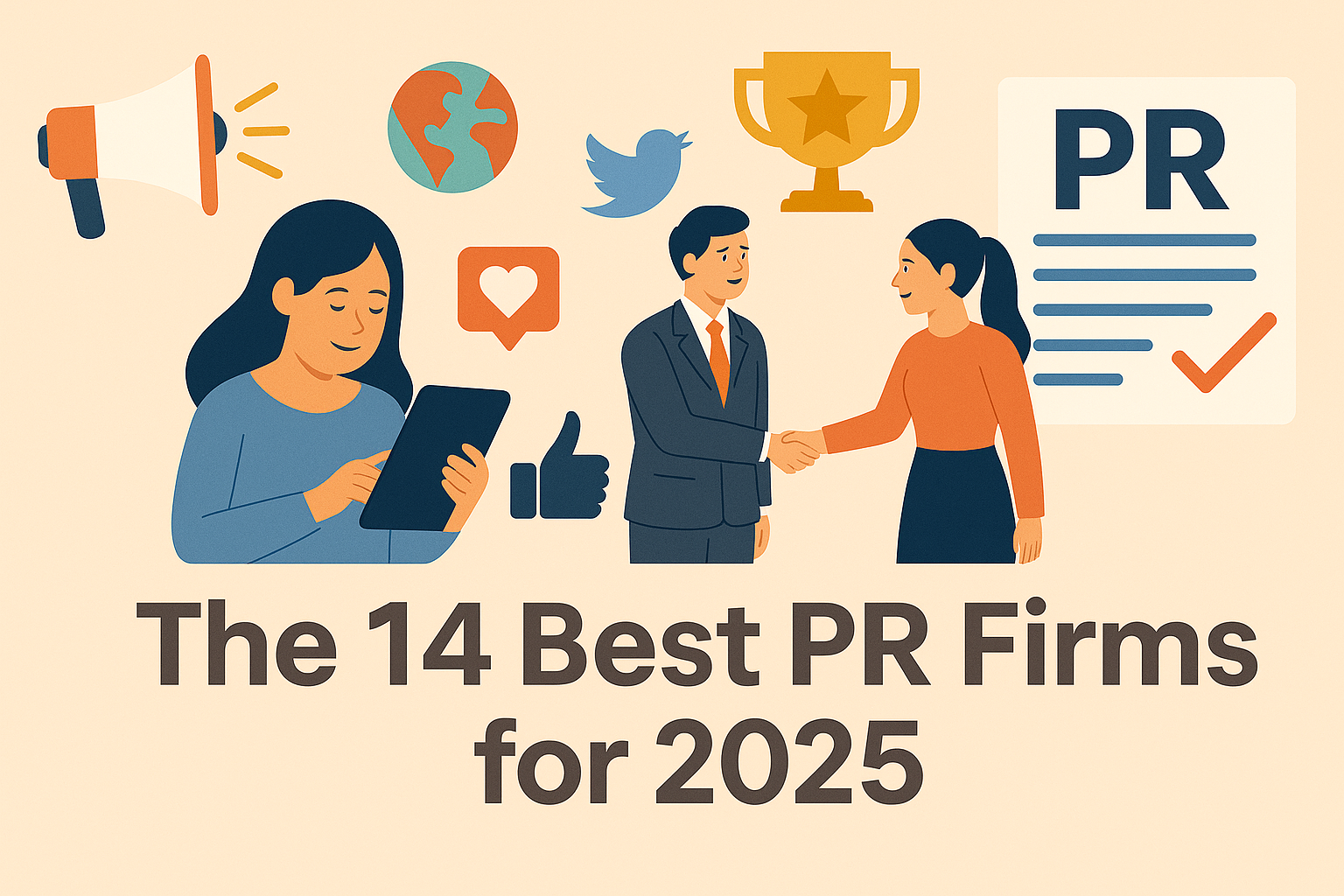The first GOP debate for the 2024 Presidential Election is in the books (didn’t we JUST do this?). The candidates and their staffs prepped for every scenario—basic questions, trip-up questions, blindsides, low blows by opponents, and maybe, just MAYBE, policy questions. The key is that the GOP hopefuls (minus one notable exception) are now in the spotlight, and with that spotlight comes responsibility to be clear, concise, and accurate.
Will that all happen? Unlikely. On the other hand, these politicians will be using several strategies that we should implement in our corporate communications processes.
1. Reiterate the key points.
When delivering a message, it is essential to drive home what matters most repeatedly. This goes for internal communications regarding company initiatives or changes, as well as external communications for customers, prospects, and the media.
A five-page memo or a three-minute debate rant that doesn’t drive home key messages will be misconstrued, and the most important message will get lost. Be emphatic about the point you want to make, and use that as the centerpiece of the communication. Respond to follow-up questions, and be prepared for questions that may not be exactly how you expect them to be phrased.
In politics, opponents often latch onto a slip-up or potentially damaging comment that can hurt their brand. In corporate communications, saying something out of turn or projecting something false can do the same.
2. Practice media training for live events and interviews.
How do we make sure we know the key points? Write them down and recite them over and over. Create personal prep notes that include what you want to say in your own words. Imagine and practice questions that might be asked and how you would answer them. This is useful for media interviews, town hall meetings, and any other event where you may need to pivot your thinking to provide a response to a follow-up question.
3. Know your direct competitors.
Would a presidential candidate go after a state senator? Would a comptroller in New York question the ideas of a congressperson from Colorado? Probably not. And no political pundits would take on the challenge of comparing the two in an opinion poll.
The same goes for corporate communications and B2B PR. When we evaluate share of voice and brand awareness, we look for four to five direct competitors and assess from there. A regional bank should not expect to take share of voice from an international investment bank—it’s not reasonable or relevant.
Focus on the people on the same stage—and try to win over their supporters.
4. Cater your message to your audience.
The GOP primary will look a lot different than the general election. The audience is partisan, and the messaging likely will be as well. In short, the candidates will be speaking to that group of the electorate. The same goes for communications; if you are trying to reach one very niche market (i.e., one industry or one region), your message should reflect that. If your business is targeting a range of audiences with varying needs, or you have internal communication going to different departments, levels, and location—you need to cater the messaging in that way.
At the same time, it is important to tailor the use of industry-specific language to the audience’s understanding of your message. A town hall in a small town will look and feel a lot different than a corporate dinner for high-net-worth donors. This rings true for corporate communications as well. At a bank, the message going to the accounting department or CFO’s office will look a lot different than what is being sent to branches. Speak to what matters most to your audience, and do it in a way that resonates.
5. Prioritize networking and partnerships.
Politics and political comms is driven by relationships, partnerships, and connections. Successful corporate communications can learn a lot from that. The adage “It’s not what you know, it’s who you know” rings especially true. To successfully get your message across, you need to focus on networking and fostering strong partnerships.
Politicians often leverage their networks to garner support for their campaigns or legislative initiatives. The same principle can apply in the corporate setting. If your company has existing relationships with other organizations, thought leaders, or even customers, don’t hesitate to reach out to them for partnerships or collaborations that could be mutually beneficial. An endorsement from a trusted partner can go a long way in building your brand’s credibility.
6. Have clear goals.
Goals drive your strategy, decisions, and messaging. Political comms aim to pass a policy, get a candidate re-elected, raise awareness, etc. What is the goal of your corporate comms initiatives? Who are you trying to reach? Who can you sway with your communications? What does success look like?
7. Polls and surveys are critical information—if taken with a grain of salt.
We all know the 2016 Election did not go as the polls, pundits, and campaign experts expected. The polls said one thing, and the results said another. It was shocking and changed the trajectory of the country. The good news is that employee sentiment is far easier to gauge in corporate communications. And in media, article sentiment is measured by tools like MuckRack. We always double-check to ensure that the sentiment of the article is aligned with the sentiment of the company mention (i.e., a long column about positives and negatives in an industry could default to a “negative” sentiment), but this is useful information.
Political communications can be messy, complex, and wide-ranging. Ultimately, those who are successful in this field are often the loudest voice in the room but also the most message-driven. Corporate communications is very similar and, when done properly, can learn a lot from these components of the political realm.





